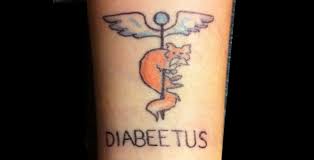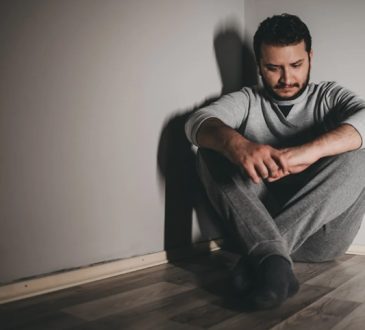
Tattoos are extremely common both in the United States and throughout the world. Having been around for centuries, nearly everyone knows what a tattoo is. However, many don’t know that there are also times when medical tattoos are needed. If you’ve been scouring the web for information on this procedure, you’ve come to the right place. Here are a few things you should know before you make an appointment.
What are Medical Tattoos?
Medical tattoos are very common in individuals who have just gone through a mastectomy due to breast cancer, or who have lost their hair due to alopecia.
In the case of areola re-pigmentation, a trained and licensed tattoo artist will help with areola repigmentation, to help restore a natural-looking breast after the procedure is done. It is important to note that once the procedure is done, the nipple will have a 3-D effect, making it difficult to tell a difference.
Many people choose to get a medical tattoo after a surgery that may have left an unsightly scar. Here, the tattoo artist would tattoo over your scar, in an attempt to help blend the area and cover up the scar tissue. However, the most common medical tattoos are alopecia tattoos and areola repigmentation.
How Do I Select an Artist?
Often times your physician will have a referral for you, especially if you are a breast cancer survivor or frequently visit your doctor due to alopecia. However, it is ultimately up to you to decide who to go to for your procedure. If you choose to hire an outside artist for your medical tattoos, then you will want to look for someone who is licensed to give tattoos in their state of practice. In addition to this, you may look for additional certifications, check out their portfolio, ask for references, or scour the web for reviews. A few common certifications for medical tattoo artists include a tattoo license and an esthetician license.
Always make sure you interview your artist prior to the appointment itself.
Alopecia Tattoos
Some artists also specialize in alopecia tattoos. These unique, detailed tattoos help alopecia patients regain their confidence after loss of eyebrows. During this procedure, the tattoo artist will apply varying shades and use different techniques to help give the appearance of natural hair on the eyebrows. Unlike traditional tattoos, these tattoos are required to be touched up due to the layer of skin the ink is placed under. However, even though touch-ups are required, you can plan on doing so once every 1-2 years depending on your skin tone.




